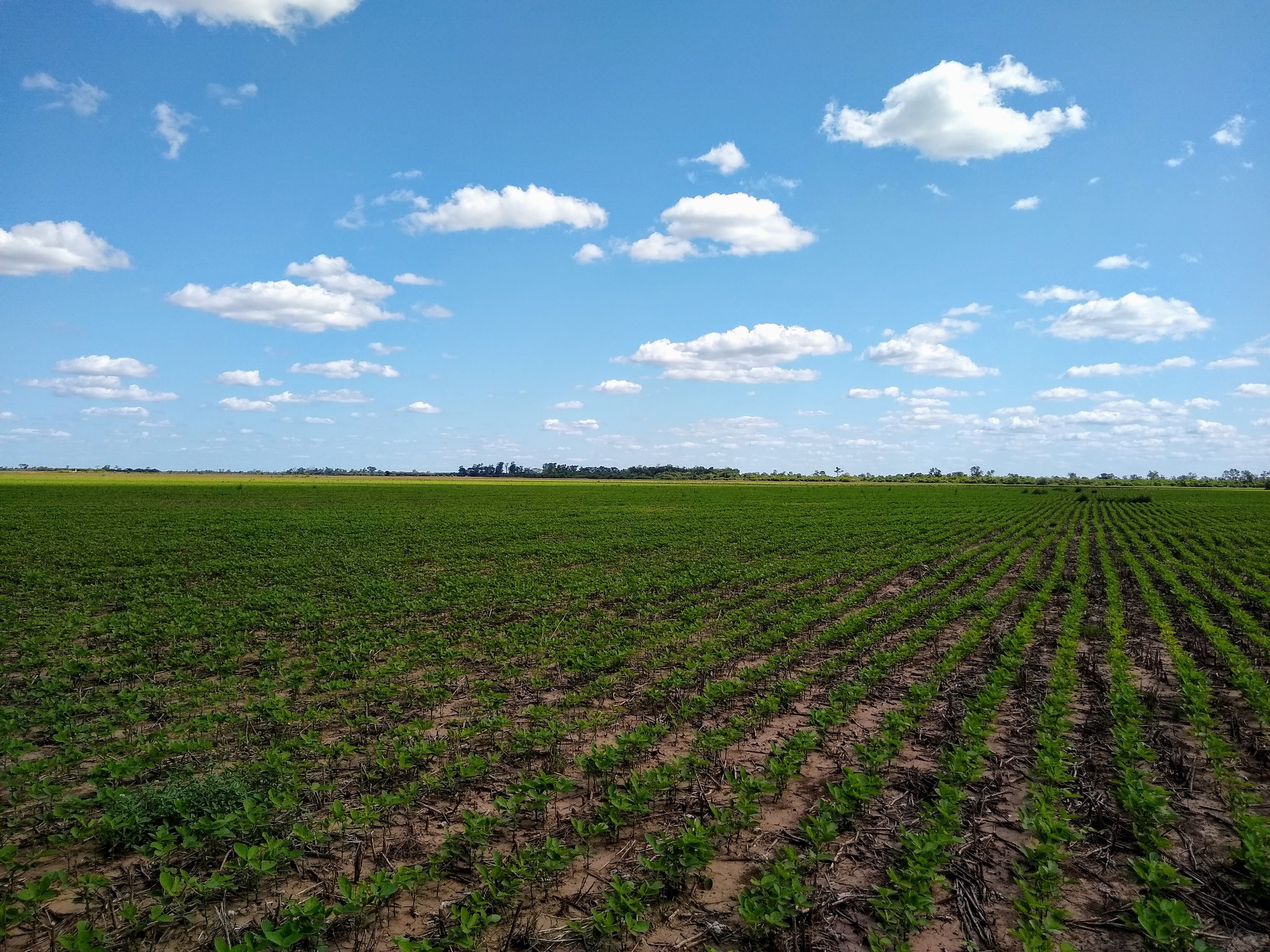European legislation and an innovation platform for argentine soy
Gustavo Idigoras, president of CIARA/CEC and responsible for the VISEC platform.
On December 6, 2022, in the framework of their "Trilogue" negotiations, the European Parliament and Council, as co-legislators in the EU's ordinary legislative procedure, reached a provisional political agreement on the proposal for an EU Regulation to minimize risks of deforestation and forest degradation associated with products imported into or exported from the European Union. This provisional agreement awaits formal adoption by both institutions.
Once the new EU regulation is adopted and enacted, it will require that several commodities and products placed on the EU market no longer contribute to deforestation and forest degradation in the EU and other parts of the world. The global impact of this legislation means that producing and exporting countries will need to adopt innovative solutions to adapt, especially at ecoregional levels.
The Gran Chaco is one such ecoregion. It’s million square kilometers in Argentina (62%), Paraguay (25%), Bolivia (12%) and Brazil (1%) contain a great diversity of environments and are home to more than 4,300 native species. It is also an ancestral territory, inhabited by more than 600 indigenous communities, who belong to at least 20 ethnic groups, and is South America’s second largest forested region, after the Amazon.
The Chaco region is Argentina's largest forested area, with 65 million hectares, including 32 million hectares of legally protected native forest. Law No. 26,331/2007, on the environmental protection of native forests, applies to 9% of the nation’s territory and establishes three risk categories: high risk red areas (no land conversion allowed, and the areas are dedicated to preservation), medium risk yellow areas (no agriculture allowed, only silvopastoral productions) and green areas where agriculture is only allowed following environmental impact studies and authorization by provincial governments. Soy production is not allowed in the red and yellow zones, but in low-risk green areas farming, including soy production, depends on prior authorization by authorities based on environmental risk assessments. Meanwhile, the Gran Chaco region is also a source for grains, livestock, and cotton, due to the adoption of technologies its farmers' versatility. From 2008 to 2020, they planted about 7.3 million hectares to soy at least once in the 12-year period.
Some studies have found that in 2020 up to 130,000 hectares were cultivated in high-risk red or medium-risk yellow areas, a practice that can be classified as illegal deforestation (0.8% of the total soy area in the country). In the Gran Chaco, soy is planted on 2.7 million hectares (average). Of Argentina's total annual output of around 45 million tons of soy, about 5% comes from the Gran Chaco region.
Despite low rates of illegal deforestation by soy growers found in previous studies (around 0.8% of the country's total volume), in 2019 the soy value chain decided to develop a national platform to ensure that soy is produced with zero deforestation. Although the platform will be available nationwide, covering the entire country, it prioritizes the Gran Chaco region as the key biome to be protected, since the rest of Argentina’s land has already been farmed for the last 100 years.
ViSeC is a nationwide platform promoted by TNC (The Nature Conservancy), CIARA/CEC (Argentine Edible Oil Association and Grain Exporters' Center), Peterson Control Union (PCU), and the Tropical Forest Alliance, with support from the Land Innovation Fund. It is open to all members of the soy value chain, including farmers, exporters, milling companies, the banking system, scientists, and government agencies. Its main objective is to reduce environmental impacts, particularly from deforestation, and to offer land-use alternatives in the Argentine Gran Chaco, as well as to establish a system for monitoring, verifying, and reporting deforestation-free soy throughout the country.
Commitment by all exporters not to source soy from farms located on land in Argentina in general, and in the Gran Chaco in particular, that were deforested after January 2020.
Establish a national traceability platform for the entire soy value chain, i.e., from source to point of export, involving all the players in the sector.
Ensure a deep commitment and strong participation by farmers' organizations, cooperatives, NGOs, researchers, and exporters to adopt a common monitoring and control system for all deforestation and land-use changes, as well as to share information, making the system transparent and accountable throughout the soy value chain.
Implement the ViSeC platform for the entire value chain, avoiding soy produced on deforested farmland, with shared responsibility over the entire soy supply chain.
Open and easy-to-access information, for data provided by ViSeC.
Since 2021, ViSeC is organized into three committees with the following objectives:
Technical: Generate data to understand the relationship of soy produced in the Gran Chaco and other regions with deforestation and/or land conversion. Analyze soy monitoring and verification systems in compliance with the Forestry Law and other trade obligations. Develop a system with specific protocols to implement traceability in the soy value chain.
Communication: Communicate and promote approaches adopted in the sector and solutions being proposed to monitor deforestation and other land-use changes in the Gran Chaco. Provide real data on risks and production opportunities in the Chaco biome and Argentina as a whole. Produce periodic reports to inform local and international stakeholders about soy-related and environmental issues.
Sustainable finance: Develop ViSeC's capacity and adequate forums to dialogue with institutions, banks, and funds, in order to bring them into collaboration with the platform's objectives. Develop tools within the ViSeC framework to collaborate with the most vulnerable players in the Gran Chaco (farmers). Special fundraising to help monitor deforestation in the Argentine Gran Chaco.
Transparency and trust are key concepts for sustainability in the value chain, from agriculture and industrial production to final consumers. Our goal is to become a showcase for progress in sustainable practices, motivate the sector to align with sustainable corporate policies, develop common tools and incentives, and ensure responsible sourcing in the entire country.

